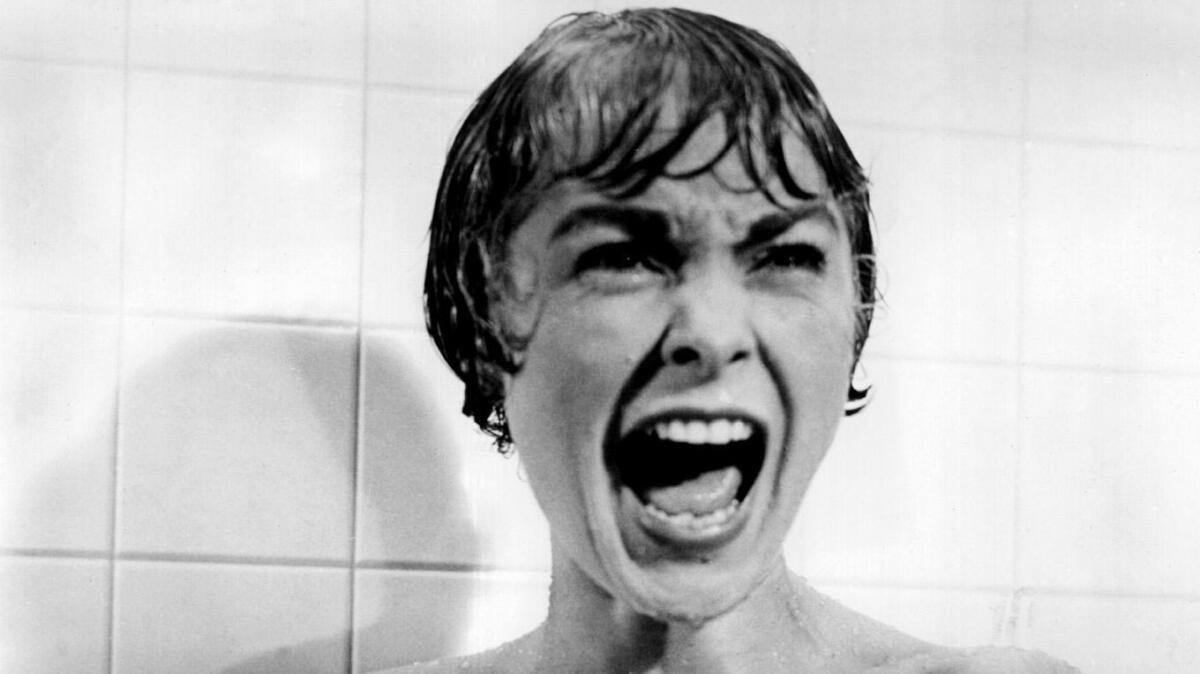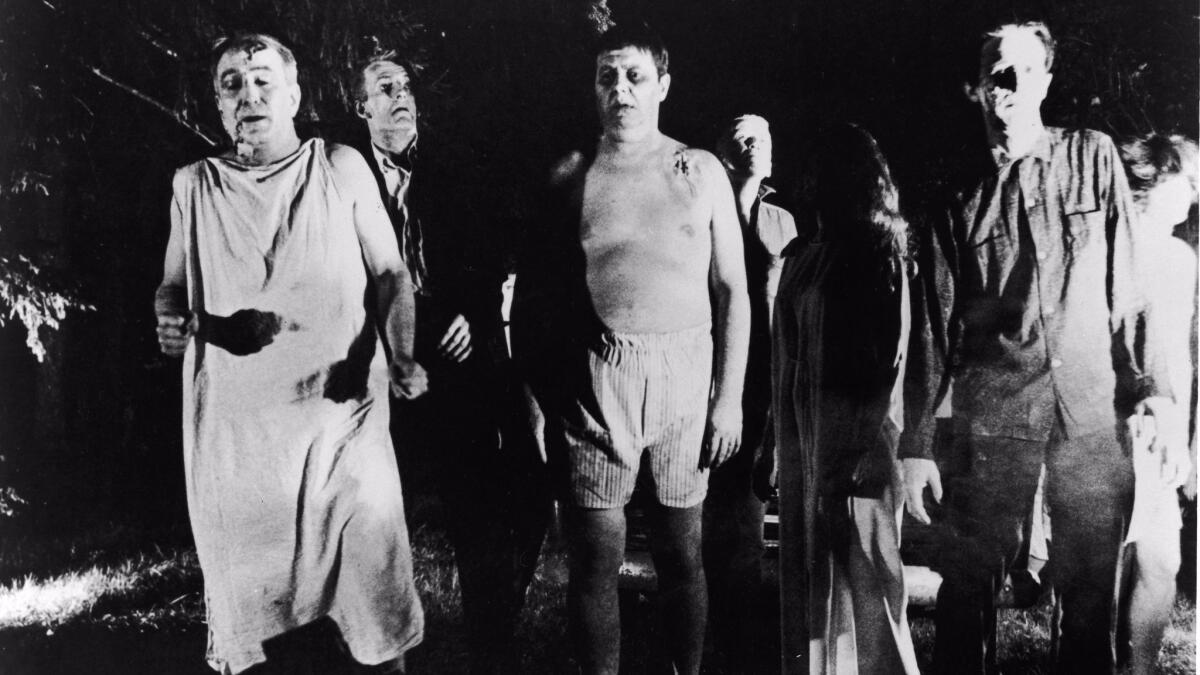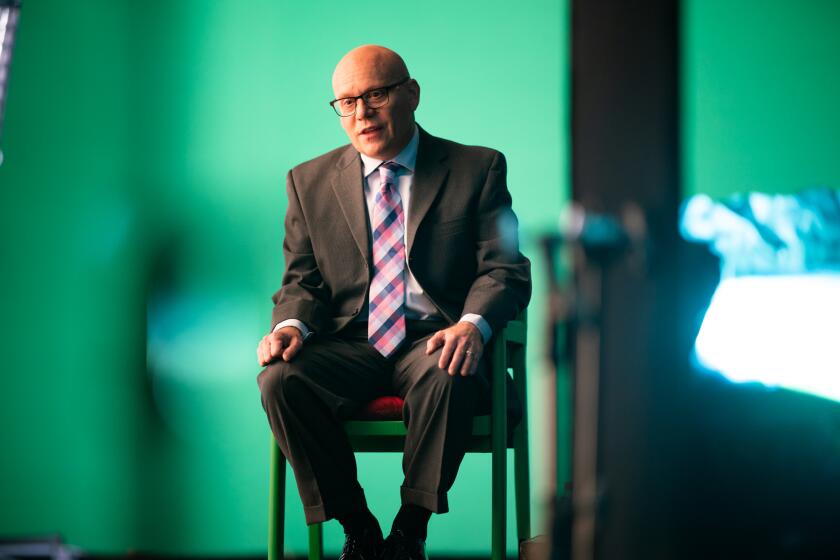Horror by the numbers: Janet Leigh’s ‘Psycho’ pay compared to Anthony Perkins and more
Though the niche audiences that queue up for horror films most likely don't care about the numbers their films generate, here are some figures illustrating the price paid — whether it’s budgets, box office, fake blood or back-end points — for scary cinema classics. Touchstone films like Alfred Hitchcock’s “Psycho,” George A. Romero’s “Night of the Living Dead” and
$806,947
Estimated budget of Alfred Hitchcock’s “Psycho” (1960)
$40,000
What Anthony Perkins was paid for “Psycho”
$25,000
What
$40,000
The amount Leigh’s character Marion Crane stole in “Psycho”
78
Number of shot set ups required for “Psycho’s” shower scene
1
Casaba melon, used to create the stabbing sound in “Psycho’s” shower scene

$32 million
Estimated domestic gross of “Psycho,” Hitchcock’s most profitable film
$2500
What Stephen King was paid for the rights to “Carrie” (1976), his first novel adapted into a movie.
1,000
Gallons of movie blood director Kimberly Peirce says were used to film prom scene of her 2013 “Carrie” remake.
$146
Dollars 2015 horror moviegoers spent per year on snack bar carbonated beverages, $21 more than average moviegoers.

Read more stories from The Times' special horror issue here »
$114,000
Budget for George A. Romero’s “Night of the Living Dead.”
20
Number of days Romero needed his “Night of the Living Dead” star Duane Jones to work without pay in exchange for back-end points.
0
Number of times the word “zombie” is used in “Night of the Living Dead.
0
Number of main characters alive at the end of "Night of the Living Dead."
Sources: IMDb, TCM, “Alfred Hitchcock and the Making of 'Psycho'” by Stephen Rebello, Box Office Mojo
ALSO:
A timeline of horror movies and moments
The Pennywise presidency and why horror is the movie genre of the moment
The 'American Horror Story' cast gets a taste of its own medicine at Roanoke maze
TV horror vs. movie horror: Guillermo del Toro on telling scary stories across different mediums
Only good movies
Get the Indie Focus newsletter, Mark Olsen's weekly guide to the world of cinema.
You may occasionally receive promotional content from the Los Angeles Times.





